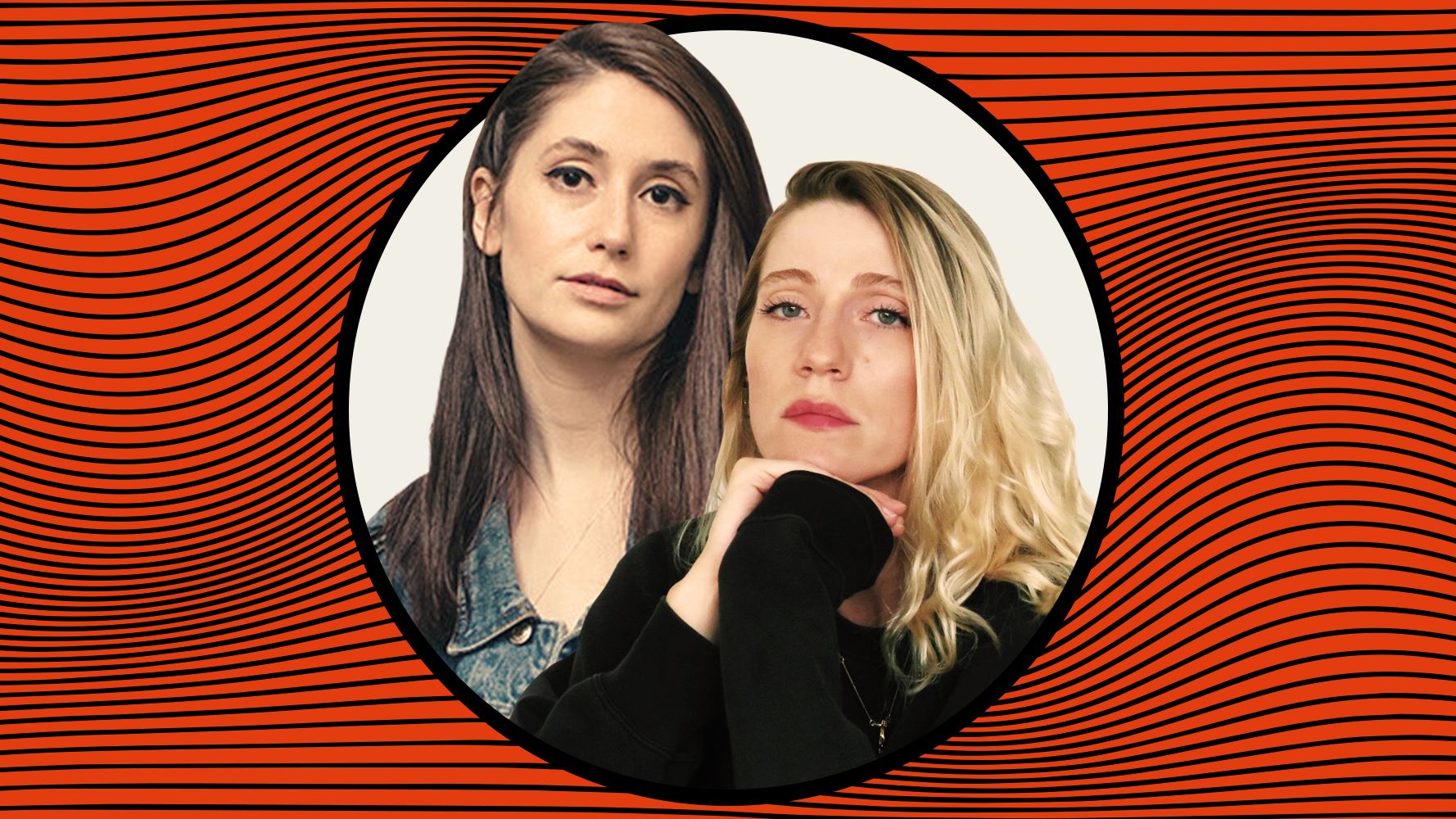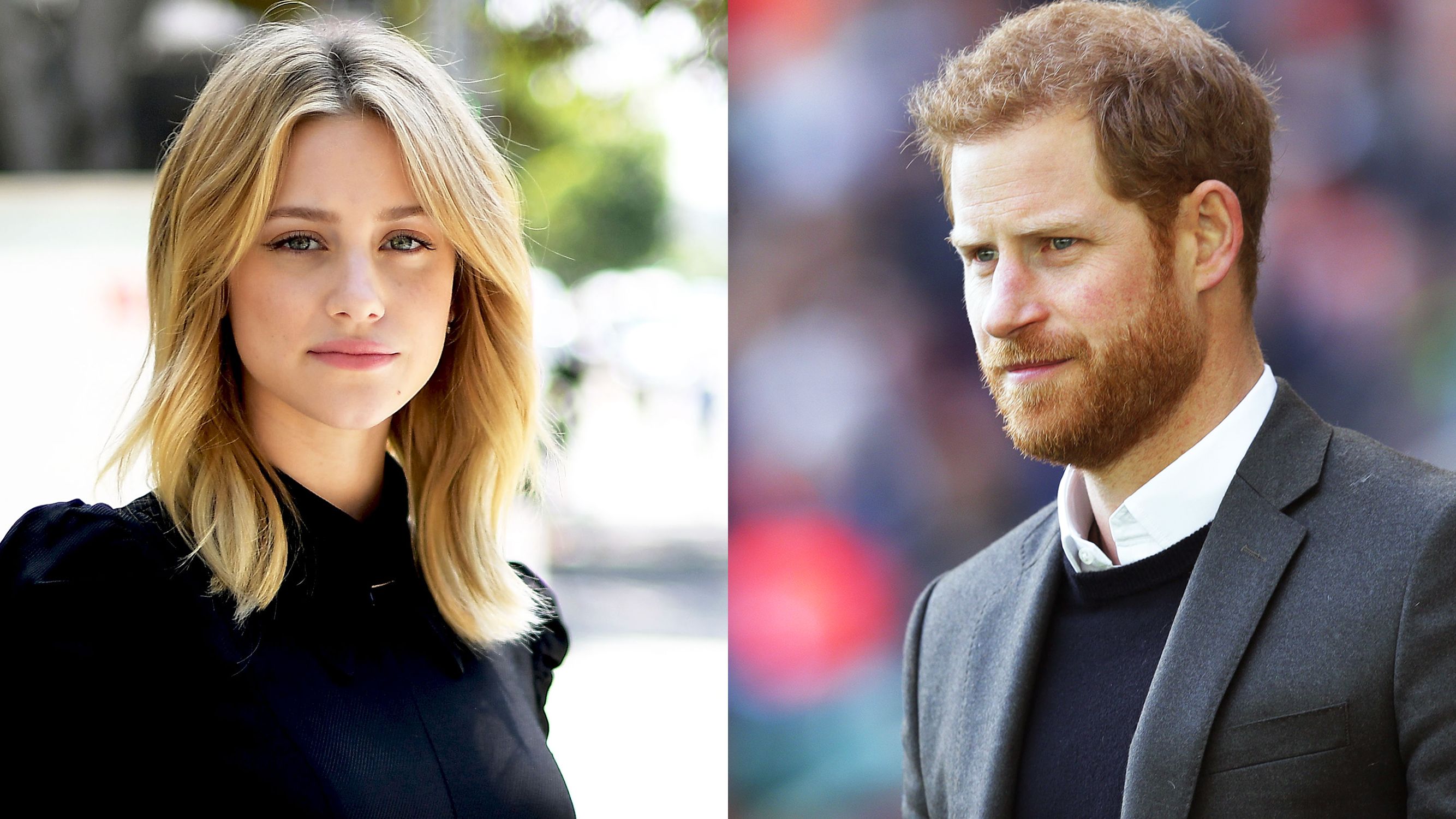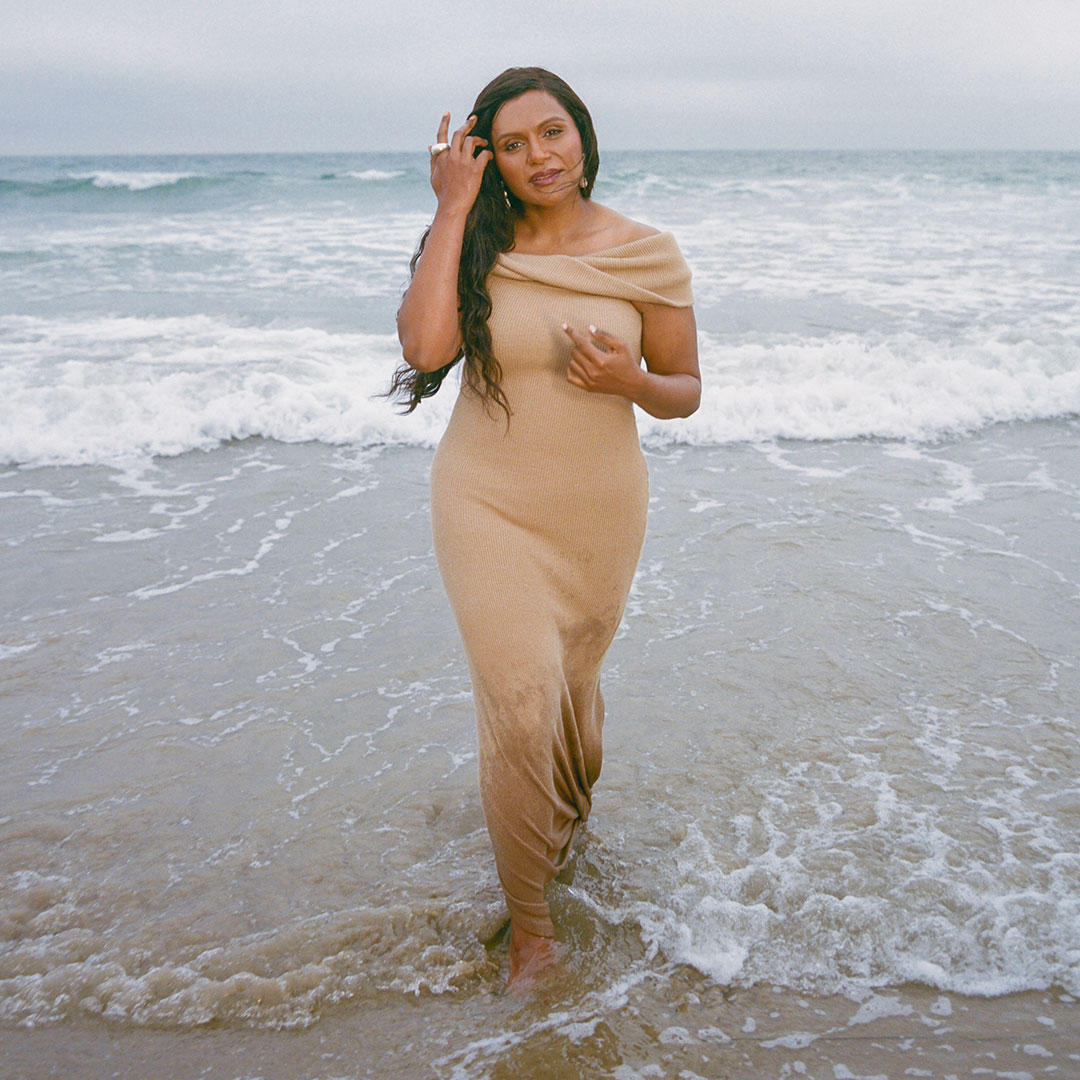Living With Pure Obsessional OCD: What Happens When Your Thoughts Turn X-Rated
A new HBO Max show attempts to demystify and normalize the widely misunderstood anxiety disorder.

In the opening scene of Pure, which hit HBO Max yesterday, 24-year-old Marnie is giving a speech at her parents’ anniversary party, and she’s failing spectacularly. Her hands are sweating; her initially gracious remarks are segueing into cringey jokes; her thoughts are becoming increasingly X-rated. At first, she imagines random guests making out, but she manages to soldier on. But then, she pictures her dad giving her childhood friend oral sex and completely looses it. We then see Marnie, still in her glittering dress, skipping town.
The first minutes of Pure promise a story that’s quirky, racy, and pretty funny. And the six-part U.K. series, starring newcomer Charly Clive as a lovable Scotswoman trying to understand her unwieldy mind, delivers.
Yet the true events that inspired Pure are anything but lighthearted. At its core, the comedy is a treatise on a debilitating and widely misunderstood anxiety disorder called Pure Obsessional OCD. Unlike “classic” Obsessive-compulsive disorder, which is marked by repetitive behaviors like hand washing or light-switch flicking, “Pure-O” does not involve any visible rituals yet sufferers experience similarly persistent and often shame-inducing worries. They are tormented by unwanted thoughts or mental images about acts they consider to be particularly hideous, usually of a sexual, violent, or sacrilegious nature.
A show like Pure could help to demystify and normalize this condition. As Marnie says in one of the show’s early episodes, having intrusive sexual thoughts can feel like living in a disturbing parallel universe: “It’s like The Sixth Sense, but I don’t see dead people, I see naked ones.” If the reference to this oft-quoted movie elicits a chuckle, stop for a second and really think about how you’d feel if every time you visited your grandfather, you couldn’t stop thinking about his penis. Or if anytime you played with a toddler, you pictured banging the child’s head against a wall. Since these thoughts and images sicken you, you don’t utter a word to anyone. Or perhaps you muster the courage to speak to a doctor or therapist, who tries to interpret your thoughts, making things even worse. Like in Pure’s second episode, when Marnie sees a psychiatrist who suggests her sexual thoughts mean she is suppressing her homosexuality. In the next scene, Marnie hits on a woman at a gay nightclub and, even though she really isn’t feeling it, proceeds to have an incredibly awkward lesbian experience.

The cast of HBO Max’s Pure.
In spite of her many faux pas, or maybe because of them, Marnie is eminently likable. She is warm, candid, and eager to move forward. She attends a meeting for recovering sex addicts—only to discover she isn’t like everyone else in the room—and easily makes a friend, played by Joe Cole. And when Marnie learns she has OCD, finally able to understand all the ways in which her brain has been misfiring, you are elated along with her.
Like many sufferers, Marnie doesn’t learn about her condition from a professional. She stumbles upon a book about OCD-related ruminations and is able to recognize herself in its pages. “Many clinicians are profoundly ignorant when it comes to recognizing and identifying this subset of OCD,” says Dr. Steven Phillipson, director of the Center for Cognitive-Behavioral Psychotherapy in New York, which specializes in OCD. “Even today, patients are being told by mental health professionals that if they don't have observable rituals they don't have OCD.” Phillipson explains that while people with Pure-O don’t engage in visible compulsions, they do practice repetitive mental rituals to minimize the stress caused by their ruminations (like obsessively Googling information related to their intrusive thinking or avoiding certain people and places).
Studies suggest that about one percent of adults have OCD, but considering that Pure-O is largely unaccounted for, those figures could be much higher. While Marnie is able to find answers early on in the show, sufferers in the real world can spend years agonizing in silence before they seek help or receive the right diagnosis. (Like “classic” OCD, Pure-O usually arises before age 25, often in childhood or adolescence.)
Stay In The Know
Get exclusive access to fashion and beauty trends, hot-off-the-press celebrity news, and more.
That’s exactly what happened to Rose Cartwright, whose 2015 memoir, also called Pure, is the inspiration for the new show. Now a mental health activist based in London, Cartwright began struggling with violent sexual thoughts when she was a teenager—thoughts that frightened her, confused her, and undermined her sense of self. “Those years shredded my confidence and my ability to relate to people,” Cartwright tells Marie Claire. “It was traumatic, and I’m still on a healing journey.” There was “nothing available in terms of resources or information” in the working-class town in England’s West Midlands region where she grew up. So it took Cartwright seven years to figure out that she had a type of OCD—with help from Wikipedia and, later, CBT therapy. Shortly after learning of her condition, Cartwright wrote a harrowingly honest account of her experiences for The Guardian (she used a different name at the time, which underscores the persistent stigma of mental illness). The story was widely shared in the U.K.; it not only inspired others to come forward with their own accounts, but also led to a book contract, and eventually a call from an agent about a TV show.
“[Writing about Pure OCD] never felt like a conscious decision, it was more like an unstoppable energy,” says Cartwright. “I knew that what I was going through was experienced by innumerable thousands of people in silence.”

Rose Cartwright in her home. Her book Pure inspired the HBO Max series.
Cartwright—who, like Marnie, is charming and approachable—was involved in the production of Pure. Although she is very happy with the outcome, she points out the show’s storyline is less explicit than her book. “There are no hints of pedophilic or violent intrusive thoughts,” she says. “I understand that maybe that’s not apt for cinematic entertainment, but it does represent a sort of censorship of my experience.”
In her 2013 essay, Cartwright wrote that on a random spring night when she was 15, the image of a naked child entered her mind and “the corners of [her] world folded in.” She tried to erase the images from her head, only to see them come back stronger. She then tried to understand the meaning of the thought, but it eluded her. “Am I a pedophile?” she wrote. “This was the big, pressing question of my adolescence...bigger, even, than the Keanu-or-Leo question.”
Cartwright’s heartbreaking soul-searching is, unfortunately, all too common for people with Pure-O. In his seminal book The Imp of the Mind, the late Lee Baer, who was a professor of psychology at Harvard Medical School, wrote that people with Pure Obsessional OCD tend to think about the most inappropriate things at the most inappropriate times. “Tragically, many adolescents also suffer from these serious bad thoughts, often convincing them that they are morally bad people...as children, we rarely learn about how our minds work, either in school or in the family, leaving us open to dangerous misunderstandings later on,” he penned.
Since her diagnosis, Cartwright, now 34, has done cognitive behavioral therapy and exposure therapy, considered the most effective treatments for OCD. Like any anxiety disorder, Pure-O can never fully “go away,” but Cartwright does feel she has control over her illness. She went on to cofound Made of Millions, a nonprofit dedicated to changing how the world perceives mental health.
“Activism is at the heart of my book and the TV show,” she says. “I want to get the word out and tell others that it’s possible to be a happy functioning person and have a career and a social life.”
Perhaps one of the most important lessons she learned along her not-so-easy path to understanding Pure-O is the power of humor. “There were times in my life when I could never imagine laughing about my situation, but laughter is actually therapeutic,” she adds.
Clive, who portrays Marnie on Pure, agrees. “If you can laugh at the thing you’re scared of, it loses so much power,” she tells Marie Claire of the series' comedic approach. “Marnie’s is a hero's journey and humor is her superpower.”
RELATED STORIES


-
 Tyla's Coachella Outfit Pairs Dolce & Gabbana With Pandora
Tyla's Coachella Outfit Pairs Dolce & Gabbana With PandoraThe singer wore a gold version of the crystal bra made famous by Aaliyah.
By Amy Mackelden Published
-
 How Kate Middleton Is Influencing George's Fashion Choices
How Kate Middleton Is Influencing George's Fashion ChoicesThe future king's smart blazer is straight out of Princess Kate's style playbook.
By Amy Mackelden Published
-
 King Charles "Couldn't" Meet Prince Harry During U.K. Visit
King Charles "Couldn't" Meet Prince Harry During U.K. Visit"It could actually bring down a court case."
By Amy Mackelden Published
-
 I Work Out 5 Days a Week—These Are the Brands I Wear on Repeat
I Work Out 5 Days a Week—These Are the Brands I Wear on RepeatSponsor Content Created With Nordstrom
By Emma Walsh Published
-
 The Wellness Issue
The Wellness IssueLooking at women's health through a new lens.
By Marie Claire Editors Published
-
 Senator Klobuchar: "Early Detection Saves Lives. It Saved Mine"
Senator Klobuchar: "Early Detection Saves Lives. It Saved Mine"Senator and breast cancer survivor Amy Klobuchar is encouraging women not to put off preventative care any longer.
By Senator Amy Klobuchar Published
-
 I'm an Egg Donor. Why Was It So Difficult for Me to Tell People That?
I'm an Egg Donor. Why Was It So Difficult for Me to Tell People That?Much like abortion, surrogacy, and IVF, becoming an egg donor was a reproductive choice that felt unfit for society’s standards of womanhood.
By Lauryn Chamberlain Published
-
 The 20 Best Probiotics to Keep Your Gut in Check
The 20 Best Probiotics to Keep Your Gut in CheckGut health = wealth.
By Julia Marzovilla Published
-
 Simone Biles Is Out of the Team Final at the Tokyo Olympics
Simone Biles Is Out of the Team Final at the Tokyo OlympicsShe withdrew from the event due to a medical issue, according to USA Gymnastics.
By Rachel Epstein Published
-
 The Truth About Thigh Gaps
The Truth About Thigh GapsWe're going to need you to stop right there.
By Kenny Thapoung Published
-
 The High Price of Living With Chronic Pain
The High Price of Living With Chronic PainThree women open up about how their conditions impact their bodies—and their wallets.
By Alice Oglethorpe Published